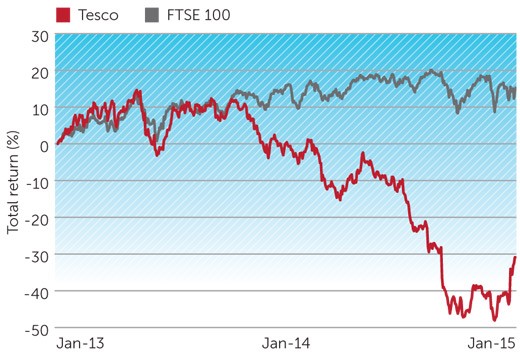The Yield Trap
Post on: 29 Май, 2015 No Comment

Follow Comments Following Comments Unfollow Comments
Bond returns depend upon the purchase price, yield at the time of purchase and sale price. The rest is math. Unfortunately, investors often struggle with which “yield” to use when trying to compare investments. There are many, and using the wrong yield may yield disappointing results.
Jason Zweig’s recent Wall Street Journal article, High Rates? Are You Delirious?. brought back a lot of memories from my brokerage firm days during the 1980s and 1990s. Zweig described investors as insane if they believe that their bond fund is earning a fat yield, while comparable funds struggle in a low interest rate environment.
As Zweig explains, this occurs because investors often look at the “distribution yield” rather than the “SEC yield.” The distribution yield may include a return of principal from the fund, whereas the SEC yield reflects only net interest earned. When a fund distributes 10 percent of its net asset value (NAV), it is not interest earnings. It is your own money coming back to you.
This misunderstanding of distribution yield reminded me of an old sales trick that brokers play to sell bonds to less knowledgeable individual investors. They quote a bond’s coupon rate rather than the yield, or they’ll quote its “current yield,” which is the bond’s coupon rate divided by its current price. Both of these methods are discouraged by the Security and Exchange Commission (SEC) because they can wildly inflate income expectations.
Here is an example:
A new-issue, 10-year, AA-rated, non-callable corporate bond has a 5 percent coupon. This means it pays $50 of interest annually for every $1,000 of par value. Since interest rates are lower than 5 percent currently, the bond is offered at a premium price of 121 (this means 121 percent of its par value). Here is how three brokers are representing this bond to clients.
- One broker calls a prospective client who is not sophisticated. The broker explains only that the non-callable bond will pay 5 percent interest annually for 10 years, and that the price of the bond is 121.
- A second broker calls the same prospect and explains that the non-callable bond will pay 5 percent interest annually for 10 years, the price of the bond is 121, and this means the current yield is 4.1 percent (5% divided by 121).
- A third broker calls the same prospect and explains that the non-callable bond will pay 5 percent interest annually for 10 years, the price of the bond is 121, and that it matures at 100, which means the yield-to-maturity is 3.0 percent.
Upon hearing these three offers of the exact same bond at the exact same price, the prospective client calls back broker #1 and buys $100,000 of the new issue. Why? Because information withheld by Broker #1 confused the client.
The client thought he heard, “You can get 5.0 percent from me, 4.1 percent from Broker #2, or 3.0 percent from Broker #3. What do you prefer?” We all know that’s not what the brokers actually said, but when a person doesn’t know the difference between coupons and yields, it’s easy to manipulate them.
Broker #1 got the business because he didn’t quote the right yield. That was highly unethical and borderline illegal. I watched it happened every day as a broker and I am sure it still happens today.
The SEC requires individual bonds to be quoted at yield-to-worst. This means brokers must quote the lowest possible yield that the client may earn, assuming the bond matures or is called. It is okay to quote the yield-to-maturity when the yield-to-worst is the same as the yield-to-maturity. Thus, in the example given, Broker #3 did correctly quote 3.0 percent as the bond’s yield-to-maturity.
There are many different yields. Here are two that investors should know:
- Individual bond buyers use Yield-to-worst (YTW): This is a required SEC yield for quoting both non-callable and callable bonds. It is your single best factor for comparing bond returns with similar credit ratings, maturities, and call features. If yield-to-maturity is quoted instead of YTW, it means that is the YTW.
- Mutual fund buyers use SEC Yield : Also known as standardized yield, this figure reflects the dividends and interest earned during the most recent 30-day period, after deducting the fund’s expenses. Interest earned does not necessarily mean interest paid. This figure is based on the fund’s regular filings with the SEC.
These two yields will cover most of bond buying needs. They will help compare opportunities among bonds and funds of similar characteristics. Remember these and you’ll be the wiser for it.
Common sense also helps when comparing fixed income investments. If a bond or bond fund is yielding well above average for its category, then assume that something is wrong. Either you’re looking at the wrong metric or there’s a huge risk that you’re not taking into account.
Bond investing isn’t difficult. Just assume you’re going to find the same yield as everyone else. Avoid the terrific sounding yield “deals” because they’re the ones that lead to trouble. You may find a good deal if the yield is a tad bit higher than average, but any more and your likely missing something important.














